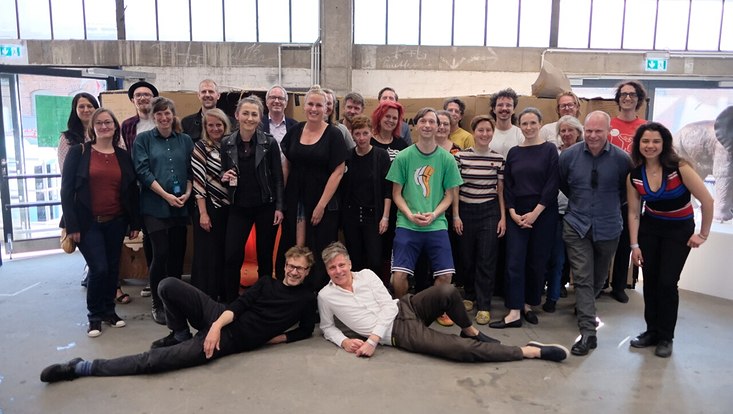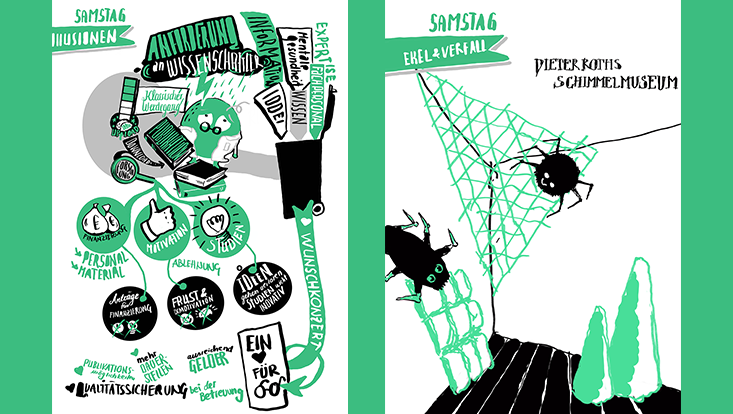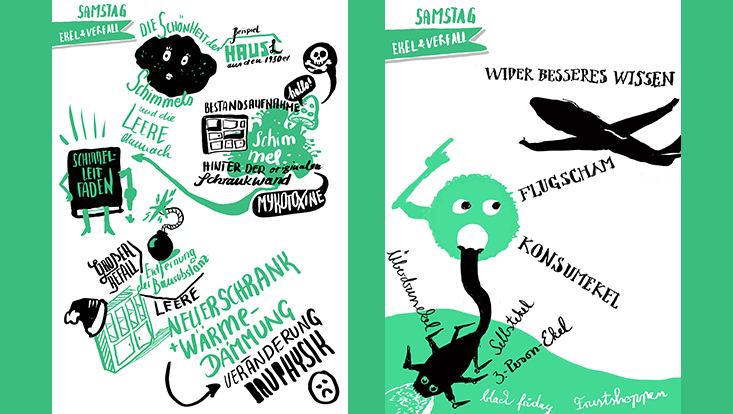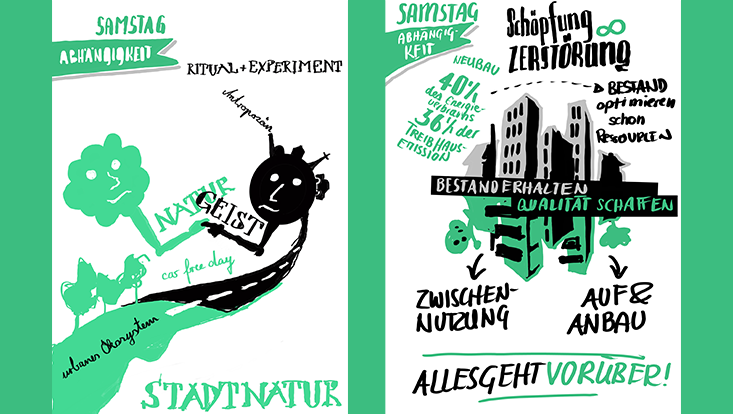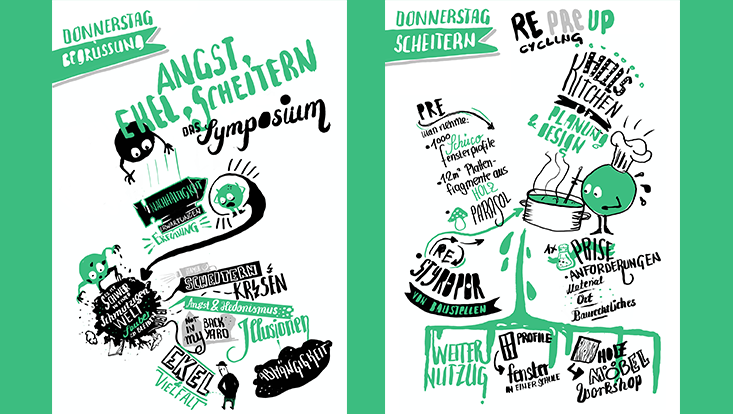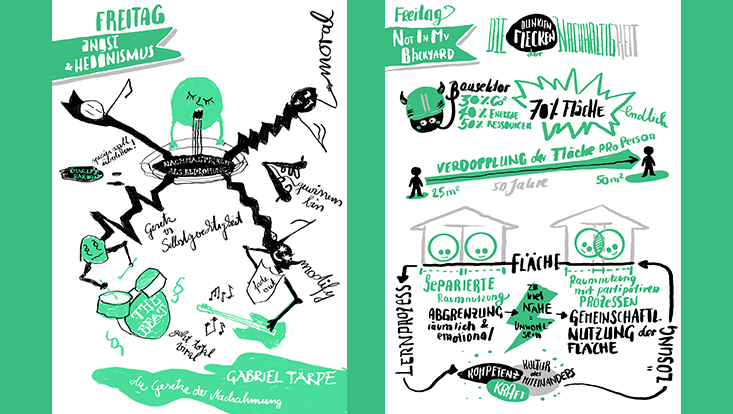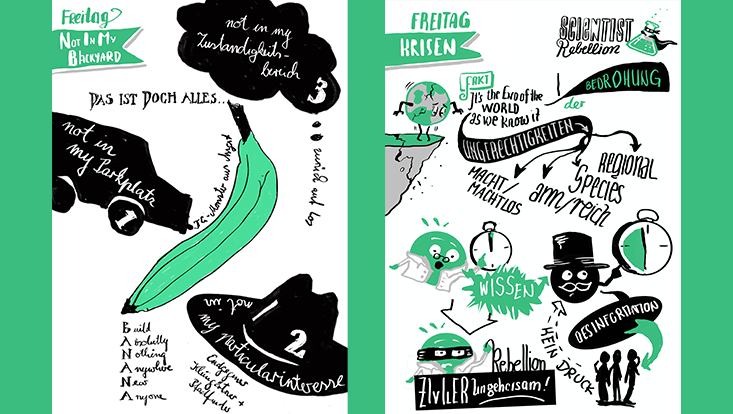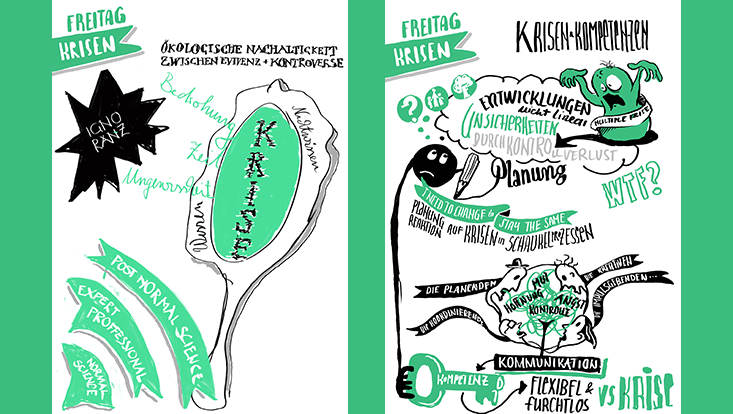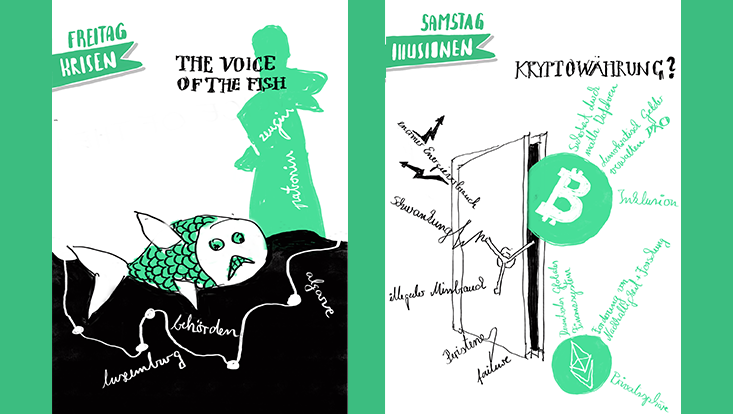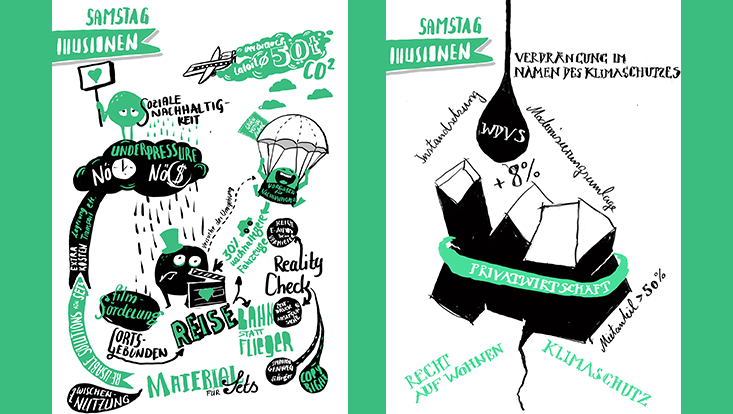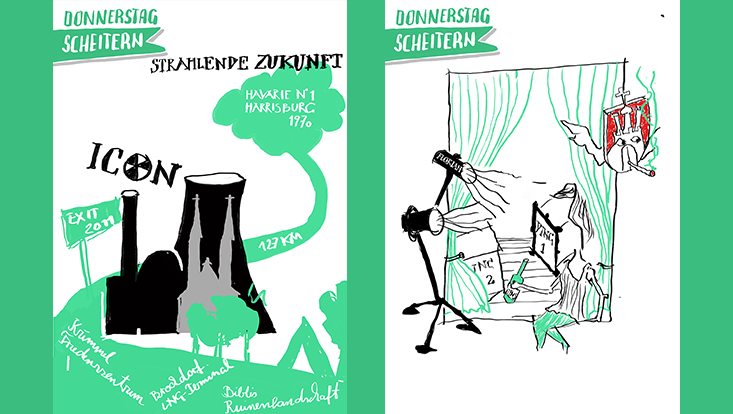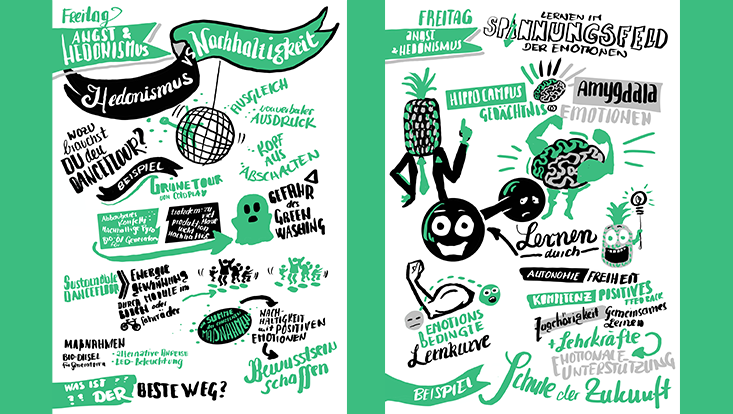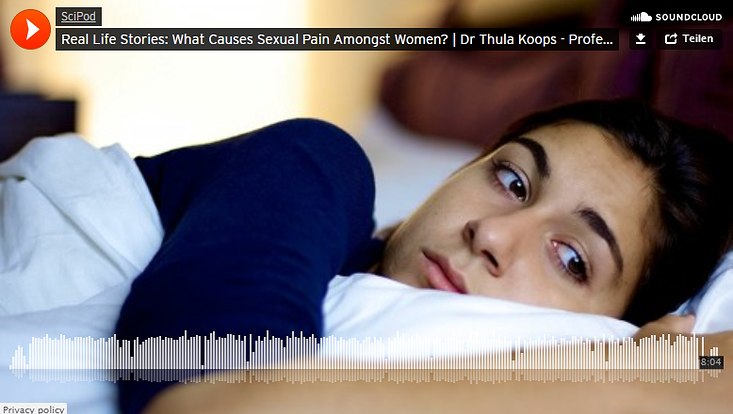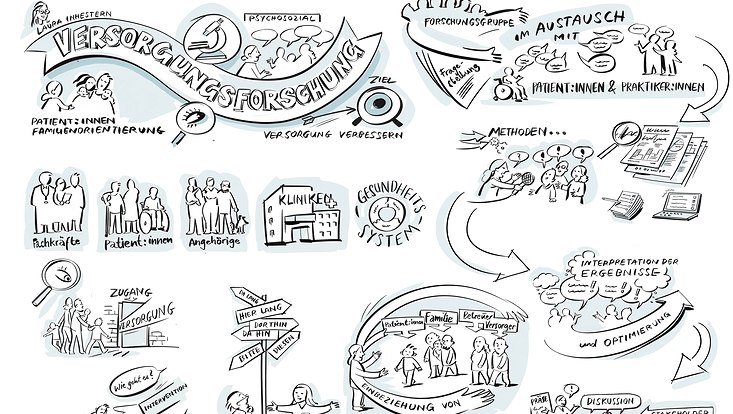What did you learn from planning the symposium?
We were already aware of the complexity of the topic in the conceptual phase of the symposium; at the same time, as the research became more intensive, we also realized the increasing relevance in the various areas of our diverse society. Our interdisciplinary and methodologically multifaceted format turned out to be both inspiring and challenging. There was a lot to do: the conceptual phase, submitting the grant application, organizing the developing network of participants and speakers, the logistic and thematic organization of the transdiscplinary symposium, effective and wide-ranging PR, and preparing documentation for publication.
Thematically, the multifaceted nature of the panel and the topics in the talks led to lively audience participation in the discussions. The thematic and methodological diversity of the artistic contributions were also very well received, and the shared breaks and walks fostered exchange.
What experiences in research communication did you gain from the project?
We wanted to address as broad a public as possible, but it was harder to reach the public than to reach academics. We advertised our symposium at libraries, at the umbrella organization for culture in Hamburg, at various Hamburg clubs and associations, district offices, in newspapers, at sustainable companies, and in private and cultural newsletters. This worked to some extent, as was confirmed at the symposium. Nonetheless, the symposium was seen primarily as a specialist event. Presumably, we would have needed ongoing PR since planning began a year ago. In conversations with participants during the symposium and also in the reflection process, it became clear that the event, due to its thematic diversity, had been seen as very complex and also as academic. The rather text-based announcement and the topic specifics of the individual contributions did not really speak to nonacademics.
Pictures reach more people than text does. They awaken emotions and inspire the imagination. Connections can be made faster with images. We did not have these images before the event. While reviewing the symposium, using the visual recording, the photos, and the booklet, we succeeded in describing our findings vividly and in simpler, succinct language that, if people are interested, they can explore more deeply to fortify their understanding.

